motor oil or engine oil is the main protection of the engine. Diesel cars use a relatively different lubricant than gasoline cars and that is why we provided this guide to first, give you the primary information you need about your engine oil and then tell you how to choose the engine oil that best suits your engine. Diesel engines, just like ordinary gasoline engines, need regular maintenance, which includes replacing the lubricating oil that keeps your vehicle’s parts functioning smoothly. This is an essential aspect of diesel engine upkeep. Changing the oil in a diesel engine is similar to changing the oil in a gasoline engine; the main thing to keep in mind is that there are a few key distinctions between the two. Be aware that although though diesel fuel is commonly referred to as diesel oil, the oil that has to be changed is not the oil that lubricates the engine but rather the oil that lubricates the fuel system. For this task, you will need lubricating oil that has been developed specifically for diesel engines, as opposed to gasoline engines. Once you have this disparity figured out, the actual job that needs to be done is the same as it is for conventional automobiles; the only difference is that diesels require you to perform the process more frequently. Always remember to check the oil level using the dipstick at least once a week, and replace the oil filter whenever you change the oil in your vehicle.  If you replace the lubricating oil in your diesel vehicle, let it run for two minutes, and then check the dipstick, you shouldn’t be astonished to see that the new oil has become a pitch-black color. This is a natural occurrence and should not prompt you to change the oil again as soon as possible. However, if you replace the oil on any car more frequently, the vehicle will have a longer lifespan and will be in better condition throughout that time. This information can be found in the owner’s handbook. This is especially true for diesel engines, which operate under conditions of tremendous heat and pressure, both of which speed up the process by which lubricating oil becomes contaminated. When compared to the expense of having the oil changed on a gas engine by a professional, the cost of having the oil changed on a diesel engine can range anywhere from two to four times more. This may serve as additional motivation for you to do this rather straightforward task on your own. With the exception of the oil classification codes, all of the directions for changing the oil and oil filters in conventional cars may also be applied to diesels.
If you replace the lubricating oil in your diesel vehicle, let it run for two minutes, and then check the dipstick, you shouldn’t be astonished to see that the new oil has become a pitch-black color. This is a natural occurrence and should not prompt you to change the oil again as soon as possible. However, if you replace the oil on any car more frequently, the vehicle will have a longer lifespan and will be in better condition throughout that time. This information can be found in the owner’s handbook. This is especially true for diesel engines, which operate under conditions of tremendous heat and pressure, both of which speed up the process by which lubricating oil becomes contaminated. When compared to the expense of having the oil changed on a gas engine by a professional, the cost of having the oil changed on a diesel engine can range anywhere from two to four times more. This may serve as additional motivation for you to do this rather straightforward task on your own. With the exception of the oil classification codes, all of the directions for changing the oil and oil filters in conventional cars may also be applied to diesels. 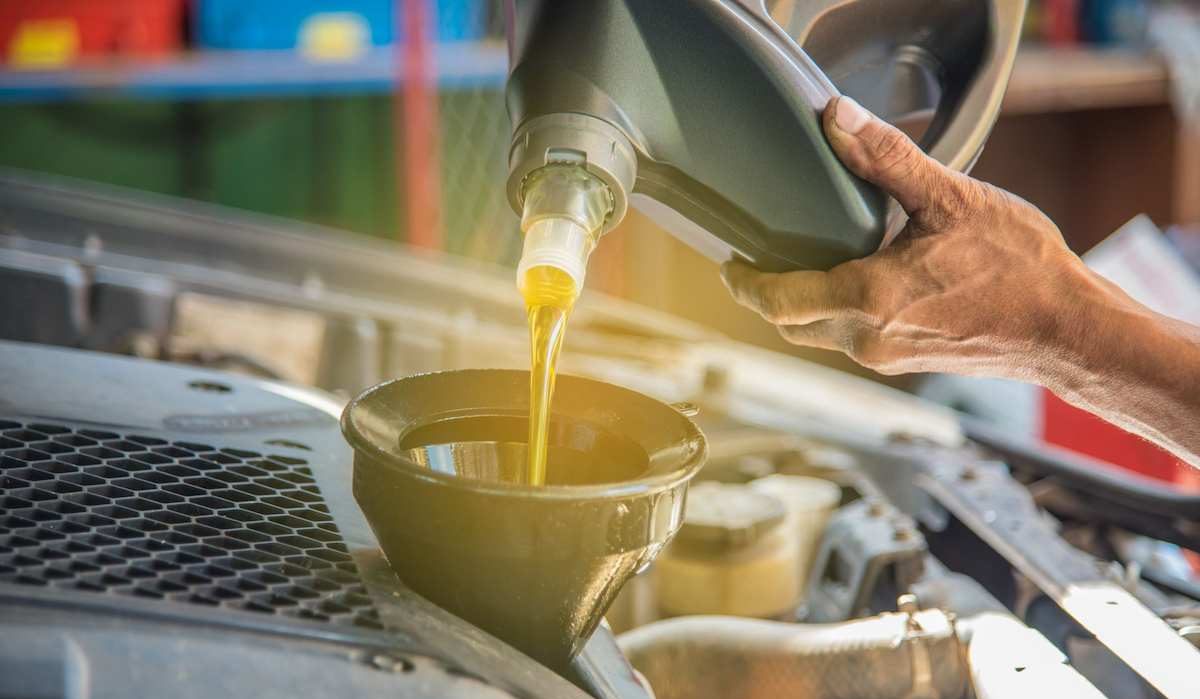 This is due to the fact that the process for doing so is identical. (The classification codes for automotive oils explain which oil is appropriate to use in a certain environment.) CJ is the most recent iteration of these codes, which have progressed from the original CA to CB to CC and so on, all the way to the present day’s CJ. These codes have been updated to reflect the introduction of new and more effective oils. Every new level has the ability to replace the previous ones, and the oils that were available in the beginning are now deemed to be outdated. Your vehicle’s owner’s handbook, unless your car is quite a few years old, will include a listing of the appropriate API category oil to use. In addition to it, the manual provides a viscosity grade in the form of a number that is prefaced with the letters “SAE. ” The “weight” of the oil and the temperature conditions at which it will flow are both taken into consideration when determining its grade. Lubricating oil for diesel cars is available in a range of weights comparable to that of oil for conventional vehicles.
This is due to the fact that the process for doing so is identical. (The classification codes for automotive oils explain which oil is appropriate to use in a certain environment.) CJ is the most recent iteration of these codes, which have progressed from the original CA to CB to CC and so on, all the way to the present day’s CJ. These codes have been updated to reflect the introduction of new and more effective oils. Every new level has the ability to replace the previous ones, and the oils that were available in the beginning are now deemed to be outdated. Your vehicle’s owner’s handbook, unless your car is quite a few years old, will include a listing of the appropriate API category oil to use. In addition to it, the manual provides a viscosity grade in the form of a number that is prefaced with the letters “SAE. ” The “weight” of the oil and the temperature conditions at which it will flow are both taken into consideration when determining its grade. Lubricating oil for diesel cars is available in a range of weights comparable to that of oil for conventional vehicles. 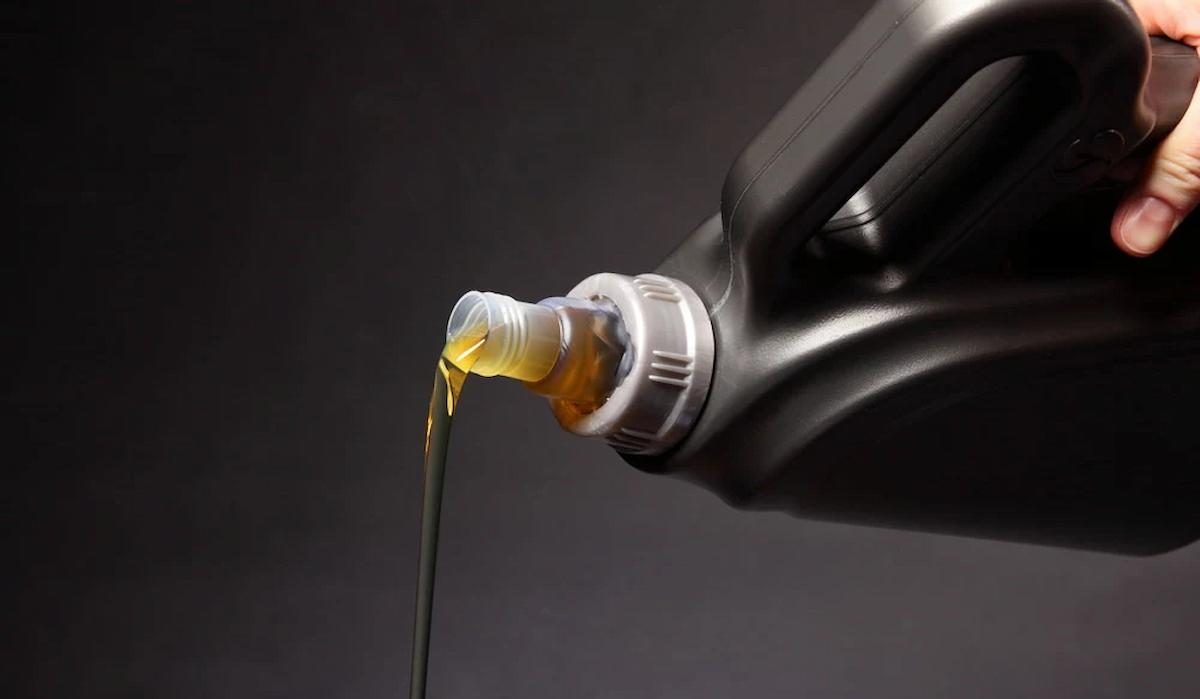
how to choose motor oil
if you have a vehicle you need to know how to choose motor oil for it. Most of the time, you don’t choose anything and your mechanic or auto service center does it for you. But there are simple explanations that can help you understand your engine better and know what lubricant it needs. Base oils and additives are the two main components of car engine oil. Together, the two create the finished item you place in your engine. Think of coffee as an analogy, with the water serving as the basic oil and the coffee beans as the additive package. The basic oils make up the majority of the engine oil for automobiles. They seal the piston rings, lubricate the internal working components, and absorb heat. Base oils for automobile engines may be made of petroleum, chemically produced chemicals, or a mix of both (called semi-synthetic or synthetic blend). Base oils made from petroleum are refined from crude oil. Crude oil naturally contains contaminating substances including sulfur, nitrogen, oxygen, and metal elements like nickel or vanadium that cannot be entirely eliminated via refining. The process of refining oil separates the different kinds of molecules by weight, leaving behind molecules with comparable weights but different structures that function less well.  On the other hand, synthetic base oils are carefully crafted to include only advantageous components. As a result, synthetic base oils don’t have any impurities or molecules that aren’t intended to be there. Their adaptability and homogenous, pure molecular structure provide them advantages over traditional lubricants in terms of friction reduction, fuel economy, maximum film strength, and performance at high temperatures. The many compounds that make up an engine oil’s additive system have capabilities that prevent wear, prevent foaming, guard against corrosion, neutralize acids, maintain viscosity, and disperse liquids. Zinc, phosphorus, and boron are a few examples of chemical additives. Oil formulators must perform a difficult balancing act to get the ideal ratio of the right engine additives to the basic oil, particularly as cars become more complex and demanding. The most significant characteristic of an oil is its viscosity, which describes the reluctance of the motor oil to flow. Oil’s viscosity fluctuates with temperature; it is thinner in hot weather and thicker in cold weather. Car engine oil must continue to be thick enough to protect the engine at high running temperatures even if it must flow at low temperatures to lubricate the engine during starting.
On the other hand, synthetic base oils are carefully crafted to include only advantageous components. As a result, synthetic base oils don’t have any impurities or molecules that aren’t intended to be there. Their adaptability and homogenous, pure molecular structure provide them advantages over traditional lubricants in terms of friction reduction, fuel economy, maximum film strength, and performance at high temperatures. The many compounds that make up an engine oil’s additive system have capabilities that prevent wear, prevent foaming, guard against corrosion, neutralize acids, maintain viscosity, and disperse liquids. Zinc, phosphorus, and boron are a few examples of chemical additives. Oil formulators must perform a difficult balancing act to get the ideal ratio of the right engine additives to the basic oil, particularly as cars become more complex and demanding. The most significant characteristic of an oil is its viscosity, which describes the reluctance of the motor oil to flow. Oil’s viscosity fluctuates with temperature; it is thinner in hot weather and thicker in cold weather. Car engine oil must continue to be thick enough to protect the engine at high running temperatures even if it must flow at low temperatures to lubricate the engine during starting. 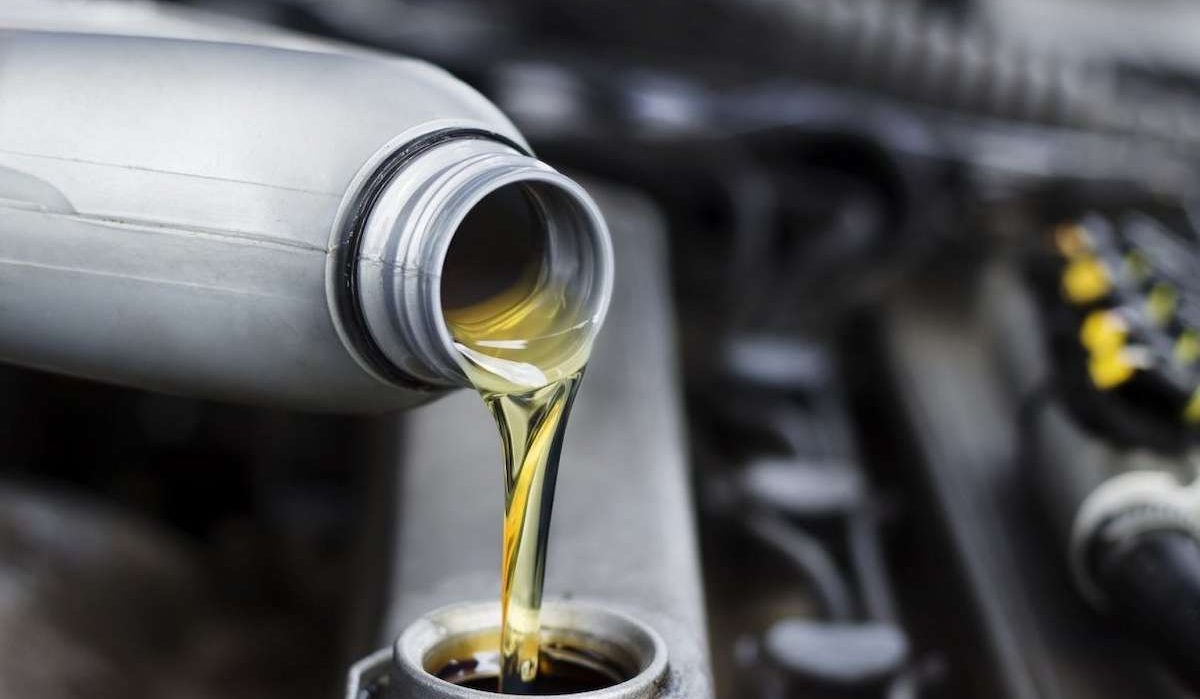 The viscosity of an oil should alter as little as possible when it is utilized in a wide range of temperatures, as it is with most engines. Wouldn’t it be helpful to have a number that represented the change in oil viscosity? We have one, and it is known as the Viscosity Index (VI). It is determined by contrasting the oil’s viscosity at 40°C (104°F) and 100°C (212°F). The more the oil protects the engine, the lower the viscosity varies with temperature changes. Generally speaking, fully synthetic oils have a higher VI than regular oils. The Society of Automotive Engineers (SAE) has created many viscosity ratings, including 5W-30, 10W-40, and 15W-50. The exact ranges in which the given oil falls are indicated by these SAE viscosity grades. The “W” denotes that it may be used in chilly climates. (Consider the “W” as standing for “Winter”). The temperature at which the oil may be used for safe and effective engine protection increases as the classes are lower in number.
The viscosity of an oil should alter as little as possible when it is utilized in a wide range of temperatures, as it is with most engines. Wouldn’t it be helpful to have a number that represented the change in oil viscosity? We have one, and it is known as the Viscosity Index (VI). It is determined by contrasting the oil’s viscosity at 40°C (104°F) and 100°C (212°F). The more the oil protects the engine, the lower the viscosity varies with temperature changes. Generally speaking, fully synthetic oils have a higher VI than regular oils. The Society of Automotive Engineers (SAE) has created many viscosity ratings, including 5W-30, 10W-40, and 15W-50. The exact ranges in which the given oil falls are indicated by these SAE viscosity grades. The “W” denotes that it may be used in chilly climates. (Consider the “W” as standing for “Winter”). The temperature at which the oil may be used for safe and effective engine protection increases as the classes are lower in number. 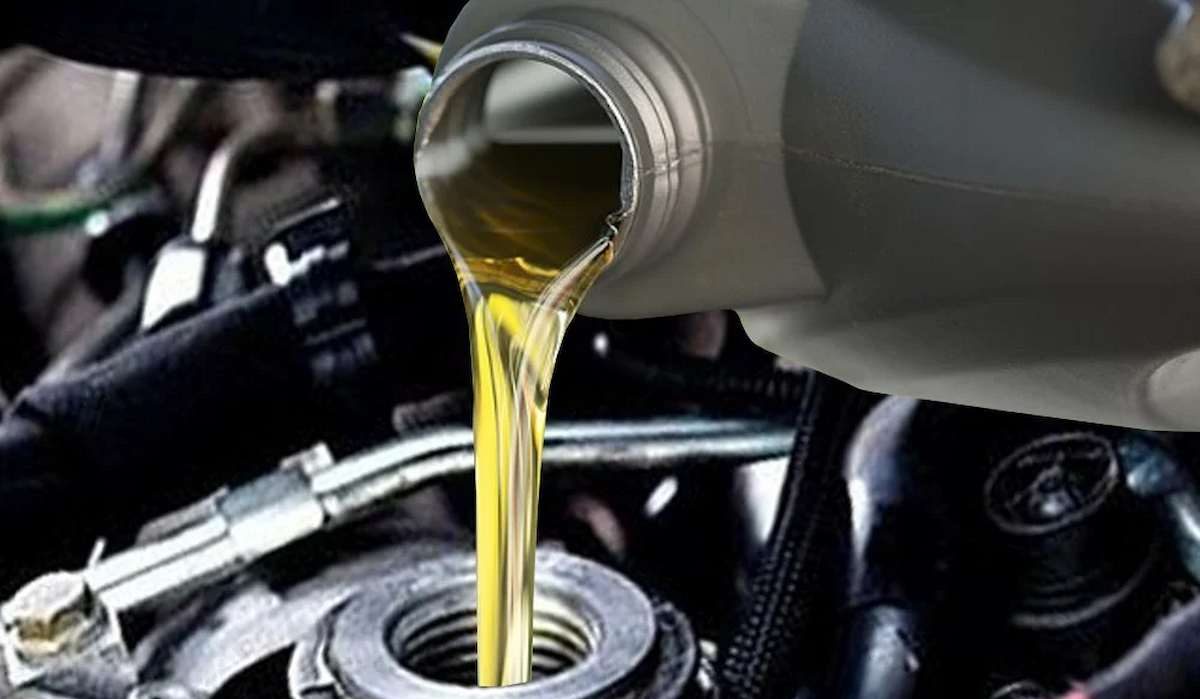 Better protection against high-heat and high-load conditions is reflected in higher numbers. In order to provide the best of both worlds – excellent cold-flow when the temperature lowers and dependable protection once the engine reaches operating temperature – the vast majority of oils today have multi-viscosity, which means they perform differently at various operating temperatures. A 5W-30 vehicle oil, for instance, performs similarly to an SAE 5W car oil at 40°C and an SAE 30 car oil at 100°C. In order to distinguish oils that have been designed to satisfy the various operating needs of gasoline and diesel engines, the American Petroleum Institute (API) created a categorization scheme. S-series and C-series are the two main categories in the API system. The S-series service classification places an emphasis on oil characteristics important to gasoline engines. An oil can be marketed with the appropriate API service classification if it passes a set of bench testing and engine tests (referred to as the API Sequence tests). As the degree of lubricant performance rises, the classes move up the alphabetically. Each categorization supersedes the previous ones. Unless otherwise stated, oils that comply with the most recent API categorization, API SN-PLUS, may be utilized in any engine that calls for it or an earlier API standard. Diesel engine classes fall under the C-series. Some C-series categories take precedence over others. Take note of the new FA-4 categorization, which only applies to select diesel engines from 2017 and beyond. The FA-4 classification was largely developed to improve over-the-road vehicles’ fuel efficiency.
Better protection against high-heat and high-load conditions is reflected in higher numbers. In order to provide the best of both worlds – excellent cold-flow when the temperature lowers and dependable protection once the engine reaches operating temperature – the vast majority of oils today have multi-viscosity, which means they perform differently at various operating temperatures. A 5W-30 vehicle oil, for instance, performs similarly to an SAE 5W car oil at 40°C and an SAE 30 car oil at 100°C. In order to distinguish oils that have been designed to satisfy the various operating needs of gasoline and diesel engines, the American Petroleum Institute (API) created a categorization scheme. S-series and C-series are the two main categories in the API system. The S-series service classification places an emphasis on oil characteristics important to gasoline engines. An oil can be marketed with the appropriate API service classification if it passes a set of bench testing and engine tests (referred to as the API Sequence tests). As the degree of lubricant performance rises, the classes move up the alphabetically. Each categorization supersedes the previous ones. Unless otherwise stated, oils that comply with the most recent API categorization, API SN-PLUS, may be utilized in any engine that calls for it or an earlier API standard. Diesel engine classes fall under the C-series. Some C-series categories take precedence over others. Take note of the new FA-4 categorization, which only applies to select diesel engines from 2017 and beyond. The FA-4 classification was largely developed to improve over-the-road vehicles’ fuel efficiency. 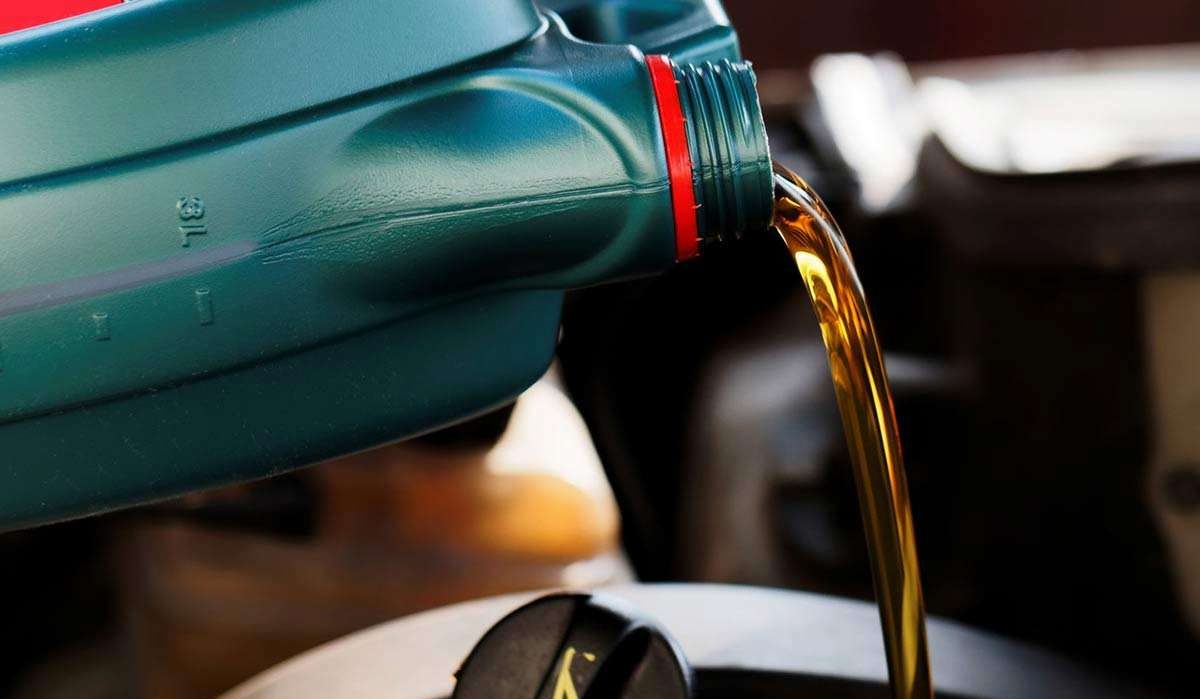
the best oil for diesel cars
engines are different and so are engine oils, therefore no one can say which is the best oil for diesel cars, but there are some simple considerations to make that we will just tell you below and after that, we introduce some of the top diesel engine oils in the world. Compatibility between Diesel Fuel and Oil Once you have determined that the oil will be compatible with your diesel engine, the first thing you need to think about is the oil that is currently being used. The majority of diesel oils will state whether they are compatible with synthetic, hybrid, or traditional oils in their product descriptions. The overwhelming majority of diesel oils are designed to be compatible with all of various kinds. The compatibility grade of synthetic oils is often the greatest, meaning that they may be used in both new and older cars. To ensure that you are purchasing the finest diesel oil, it is important to compare the chemical specifications to the owner’s handbook. The state of the roads. After you have determined that the oil will be compatible with your vehicle, you can then go on to think about the terrain that you will be traveling on. The diesel engine in your car may be more susceptible to wear and tear as a direct result of the demands put upon it.  The more challenging the driving conditions, the higher the minimum required level of oil quality should be. Quantity as well as Availability Life. You will require some top-ups in addition to the occasional full-scale oil change that you will need to do. That means you’ll end up with a container of diesel oil that has had its lid removed but is otherwise untouched on the shelf. The longer it is stored, the less effective it becomes, just like anything else. The chemicals have the potential to segregate and react with the surrounding heat and air once they are introduced to the container. To get the most out of your oil, purchase it in a container that is difficult to see through and that has a reliable closure, and get it in amounts that are proportionate to your requirements. Climate as well as the Environment around your diesel engine may have a significant impact on the demands imposed upon it. Oil will thicken when it is cold, but it will thin out when it is heated. The increased likelihood of oxidation due to increased humidity in the air.
The more challenging the driving conditions, the higher the minimum required level of oil quality should be. Quantity as well as Availability Life. You will require some top-ups in addition to the occasional full-scale oil change that you will need to do. That means you’ll end up with a container of diesel oil that has had its lid removed but is otherwise untouched on the shelf. The longer it is stored, the less effective it becomes, just like anything else. The chemicals have the potential to segregate and react with the surrounding heat and air once they are introduced to the container. To get the most out of your oil, purchase it in a container that is difficult to see through and that has a reliable closure, and get it in amounts that are proportionate to your requirements. Climate as well as the Environment around your diesel engine may have a significant impact on the demands imposed upon it. Oil will thicken when it is cold, but it will thin out when it is heated. The increased likelihood of oxidation due to increased humidity in the air.  An increase in pollution implies that there is a greater possibility of particulate matter entering your diesel system. Think about the challenges that your engine must go through, and your goal should be to discover the diesel oil that may make those responsibilities simpler. According to websites, research, and people these engine oils were nominated as the best diesel engine oils : Royal purple 15w40 diesel Shell rotella t6 synthetic diesel 5w40 cj-4 Mobil 1 synthetic motor oil 0w40 Motul 8100 x-cess Driven racing oil semi synthetic Valvoline premium blue Quicksilver marine lubricant diesel Chevron delo 400 sde heavy-duty Liquimoli synthetic engine oil Hope this information serves you well.
An increase in pollution implies that there is a greater possibility of particulate matter entering your diesel system. Think about the challenges that your engine must go through, and your goal should be to discover the diesel oil that may make those responsibilities simpler. According to websites, research, and people these engine oils were nominated as the best diesel engine oils : Royal purple 15w40 diesel Shell rotella t6 synthetic diesel 5w40 cj-4 Mobil 1 synthetic motor oil 0w40 Motul 8100 x-cess Driven racing oil semi synthetic Valvoline premium blue Quicksilver marine lubricant diesel Chevron delo 400 sde heavy-duty Liquimoli synthetic engine oil Hope this information serves you well.
Your comment submitted.